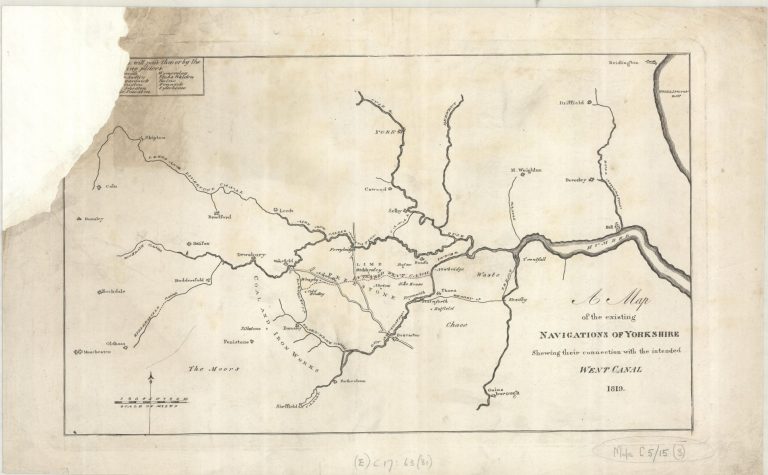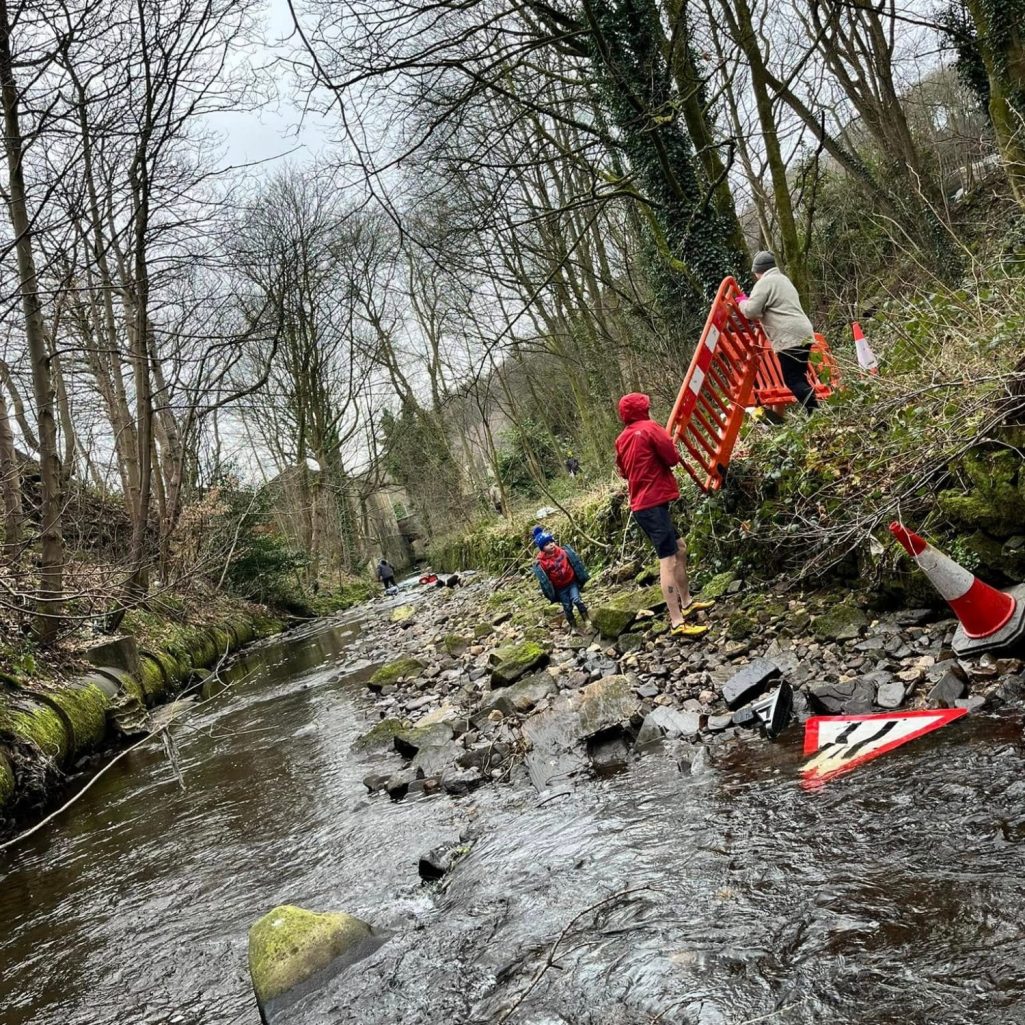Welcome to
The Calder Conservation Group CIC
From Pollution to Biodiversity - Transforming the River Calder Catchment
Our Mission
At the Calder Conservation Group CIC, we believe that healthy rivers mean a healthy planet. Our goal is to improve water quality, restore natural habitats and promote biodiversity in the Calder Valley.
Through conservation projects, community action, and education we are working to create a lasting positive impact on our waterways.
From Tackling pollution to advocating for healthier rivers, we believe small actions create big changes.
Under Pressure: The Hidden Crisis in the Calder
The River Calder is a vital green-blue artery that winds through our towns and
countryside — but beneath the surface, it’s a system under immense pressure.
From sewage spills and wet wipes to agricultural pollution and industrial legacies, our river and the wildlife that depend on it are facing a daily battle to survive.
Wipes, Waste, and the Unseen Impact on Riverbeds
Wherever we go on the Calder, we find sanitary waste and wet wipes — caught in trees, half-buried in silt, or clinging to submerged branches. These items are often flushed down toilets and discharged into the river during storm overflows. They don’t break down. They wrap around rocks, clog river gravels, and suffocate
spawning grounds.
Fish like Barbel, Trout and Grayling need clean, well-oxygenated gravel beds to lay their eggs. These gravels act like nurseries, allowing water to flow through and bring oxygen to the eggs below. But when the substrate becomes clogged with wipes,
organic waste, or plastics:
• Fish can’t spawn successfully
• Eggs are suffocated before they hatch
• Juvenile fish are exposed to pollution, disease, and predation
• The entire food web starts to unravel
And it’s not just the fish that suffer — birds like kingfishers and dippers, mammals like otters, and countless aquatic insects depend on a clean, functioning river ecosystem to survive.
Sediment and Sewage: A Double Threat
Alongside sanitary waste, our riverbeds are being buried in layers of fine sediment — much of it washing in from farmland, roads, and construction sites. This sediment fills the spaces between gravels, creating a blanket that smothers aquatic life and cuts off oxygen flow.
Add to this raw sewage — full of bacteria, nutrients, and chemicals — and the result is a toxic mix that reduces oxygen levels, fuels algal blooms, and creates hostile conditions for aquatic life.
Iron Oxide and Industrial Legacy
In parts of the catchment, old mine workings continue to leach iron oxide into streams and tributaries. This creates an orange, rust-coloured coating on stones and riverbeds — beautiful in appearance but deadly for wildlife. Iron oxide covers gravels, clogs pores, and makes spawning impossible in affected areas. It also harms invertebrates, reducing the food available for fish and birds.
Agricultural Runoff and Nutrient Overload
Modern farming practices can lead to high levels of nutrient runoff — particularly
nitrogen and phosphorus from fertilisers and slurry. These nutrients enter the river and trigger algal growth, which blocks light and consumes oxygen as it decays. The result is poor water quality, fewer aquatic plants, and a less diverse habitat overall.
The ever increasing pressures on our Rivers
Heavy Modification and Habitat Loss
The Calder has been heavily modified over centuries — canalised, straightened, and culverted to suit industry and flood management. These changes have stripped the river of its natural features: the meanders, riffles, and floodplains that would
normally buffer pollution, slow flow, and create diverse habitats.
In these straightened, uniform channels, fish and wildlife struggle to find refuge. Gravel beds are scoured away or buried in silt. Flow speeds up, washing away
invertebrates and eggs, and when pollution hits, there’s nowhere for wildlife to hide.
Predation Pressures
Pollution and habitat loss don’t just harm fish directly — they make them more
vulnerable to predation. With fewer hiding places and reduced flow complexity, young fish are more exposed to predators such as cormorants and invasive mink.
Predation is a natural part of the ecosystem, but when habitat is degraded, its
effects are magnified.

The River Calder catchment area map shows the network of rivers and streams that drain into the River Calder in West Yorkshire, England. The catchment covers approximately 950 square kilometers and includes areas like Todmorden, Hebden Bridge, Halifax, Brighouse, Mirfield, Dewsbury, Wakefield, and Castleford. The River Calder itself flows for about 72 kilometers from its source on Heald Moor near Todmorden to its confluence with the River Aire near Castleford.
Protecting Our Rivers, Restoring Nature
Our Focus:
- Improving water quality
- Raising awareness.
- Pushing for action on pollution.
- Restoring natural river habitats.
- Supporting diverse wildlife.
- Promote biodiversity through conservation efforts.
- Community engagement to empower local people to protect their environment.
A River Worth Fighting For
Despite everything it’s up against, the Calder is still home to barbel, trout, grayling, kingfishers, otters, herons, and a rich variety of insects and plants. But if we don’t act now, these species will become rarer — or disappear altogether.
At Calder Conservation Group, we’re working to turn things around by:
• Removing litter and wipes from riverbanks and beds
• Raising awareness of pollution and sewage misuse
• Restoring natural features like gravel beds and planting native species
• Monitoring and reporting pollution incidents
• Engaging communities in river care, education, and citizen science
Empowering Communities for A Greener Future
Whilst we work regularly organising litter picks, our work goes beyond removing waste.
We strive to create long term solutions that support thriving ecosystems and cleaner rivers for future generations.
How can YOU help?
- Join a Conservation Project to get hands-on with habitat restoration and water testing.
- Report Pollution and help us track and address environmental threats.
- Support our work by volunteering, donating or spreading the word - every bit helps.


Contact us
Telephone: 07706 777239
E-mail: thecalderconservationgroupcic@gmail.com
